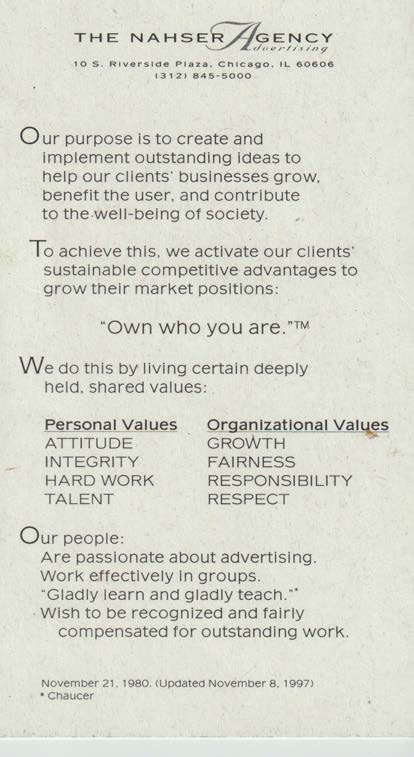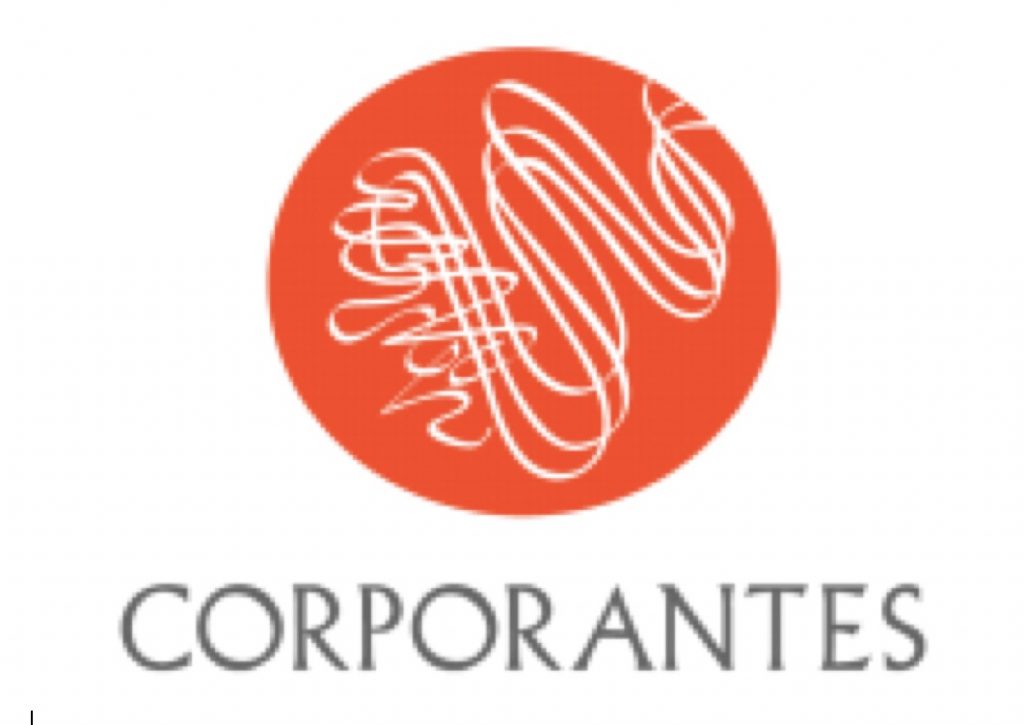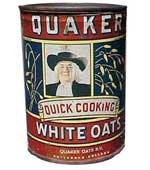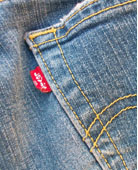This pragmatic inquiry work grew out of the Nahser Agency/Advertising as the agency continued to discover that a core competence often missing from clients was having a broader perspective of society. Of course, one of the traditional competencies of agencies has always been to be the voice of the market. Ron Nahser, then CEO, saw there was an advantage in viewing the client’s product from the larger perspective of society and the environment. And since the agency management believed that values drive all action, they developed a set of values for the agency.

In the drafting stage and concerned about the lofty goals, Nahser reviewed the copy with Bill Smithburg, then president of Quaker Oats, as a market check for believabilty. After reading them he asked Nahser if he believed them. After Nahser replied: “yes,” Smithburg responded, in effect: “publish them…and you will be unique among the advertising agency world I know.”
A few years later, Smithburg became CEO and called on The Nahser Agency to help with re-defining the Quaker values which would help guide and inspire the organization during his tenure. (See story below.)
This then led to the establishment of a separate unit of the Agency. (See more in “Pragmatism in Business: Lessons Learned: case histories.) When searching for a name and describing the pragmatic process of inquiry helping people form into groups to do some work, a Medieval History scholar /philologist suggested “Corporantes“, a mouthful for the modern ear. She explained that it was the present participle of the Latin word corpus, meaning in that tense: “forming into a body.” Which is exactly what inquiry is to do: provide the vision and values for people to in-corporate. (See Royce’s “Beloved Community”.)
Wanting to check the name, Nahser asked Phil Marineau, then COO of Quaker Oats and an exceptional marketer, for his opinion. He reflected for a moment and said something along these lines: “Thoughtful, a little complex…but just like pragmatic inquiry practice. I like it.”
Next came a “logo” and tagline.

The logo depicts cacophonous activity before finding a rhythm – entering the “flux” as Wm. James noted – and then with others, driven by their values, the organization gets to work. They move together with a rhythm, like strings that are being plucked.
For our “tagline: “Own Who You Are” leads to authentic branding. Our marketing equivalent of “Know Thyself.” A never ending search of pragmatic inquiry for “the truth we do not yet know…leading to the action we have yet to take.”
The Quaker Oats Company:
Determining Core Competencies

An American household name, Quaker has diversified well beyond it’s iconic oatmeal in the barrel package – one of the first efforts to brand a commodity. Besides producing cereals, it produces snacks, Aunt Jemima, Gatorade, and pet foods, Like many major corporations, Quaker had seen the need continually re-interpret its corporate values and to build on diversity of opinions through teams. But when they tried to reach consensus on what their major corporate strengths or so-called core competencies were, it seemed their differences brought only problems.
The Challenge
They were unable to bring their diverse points of view together to define a future direction for the firm and kept coming up with what seemed like contradictory, mutually exclusive ideas, or things that didn’t fit together.
The Process
Working through a long list of questions beginning with Corporate Bearings to get at the deeper issue of bringing divergent viewpoints together to the benefit of the company, Determining answers to several key questions.
The Result
The group came to agree on a set of core competencies, but, more important, they came to appreciate their different points of view, and saw how diverse opinions can actually build on each other and be a source of strength, when handled in a supportive environment like the PathFinder process. Incidentally, this was the first application of the “Corporantes PathFinder Notebook”..we have learned a lot since.
This important focus for a broader vision is gaining ground and even has its own Wikipedia page: Creating Shared Value.
Levi Strauss & Co.
The LS&Co.Way: Leadership Principles and Behaviors. – More complete case study here.

This 150-year-old company (LS&Co.), the originator of the iconic blue jean which is the most successful clothing product ever developed, ran into trouble in the late ’90s as sales fell from over $7 Billion in 1996 to slightly over $4 Billion in 1999.
The Challenge
One assumed the cause of precipitously falling sales, in the minds of many critics, was that Levi Strauss focused more on employee-oriented values and being “socially responsible” than serving their retail customers and consumers. One leading business journalist even stated that Levi Strauss was a “failed utopian management experiment.” (To which the incoming CEO, Phil Marineau, bluntly said: “Baloney!).
The Process
The Worldwide Leadership Team (WLT) looked at the Values of LS&CO. from the perspective of the marketplace — what are the values behind the iconic Levi’s and Dockers brands? They inquired into what society expects and what did the company want to contribute to society. Lastly, they inquired into what employees expected today and how the values have been lived, formed and tested by reflecting on the LS&CO. history of operations and decisions over decades. The WLT was asked to reflect on their own values in business and how they had been formed and tested.
Results
Interpreted the evidence of the inquiry they saw that four values emerge:
Empathy, Originality, Integrity, and Courage.
Based on these values, the core purpose of the organization became clear:
“People love our clothes and trust our company.
We will market the most appealing and widely worn casual clothing in the world.”
And from this emerged an aspirational goal which is unique to LS&CO.:
“We will clothe the world!”
However, the decision to go
The Development of the LS&Co.
Collaborative Leadership Principles and Model.
After the “LS&Co. Way” − Statement of Values, Core Purpose
Time Magazine:
Assign a new sales strategy

Time magazine is one of the world’s great magazines pioneering the newsweekly format. It has a strong editorial content and was one of our most successful magazines in terms of advertising revenues. However, with the proliferation of news media, maintaining profit margins had been difficult. Jack Haire, the new Time publisher, needed to address the issue and had some concerns.
The Challenge
Focusing the sales force on more creative, relationship-oriented clients, who would better fit with Time’s editorial strengths rather than clients just interested in buying “tonnage”—advertising at the lowest price.
The Process
Use CORPORANTES PathFinder Notebook in a process that will articulate Jack’s hypothesis and then test it against the evidence that he had seen.
Jack wrote instructional notes in half of the sections, paying particular attention to the Explore sections where he could gather his evidence to support or challenge the hypothesis that he had listed under Begin.
The Results
Working through the method of inquiry over the next several weeks, Jack was able to make clear what he felt was the right answer and articulate his reasoning to his sales force so they could think along with him, test and affirm or change the evidence, and reach a joint conclusion.

